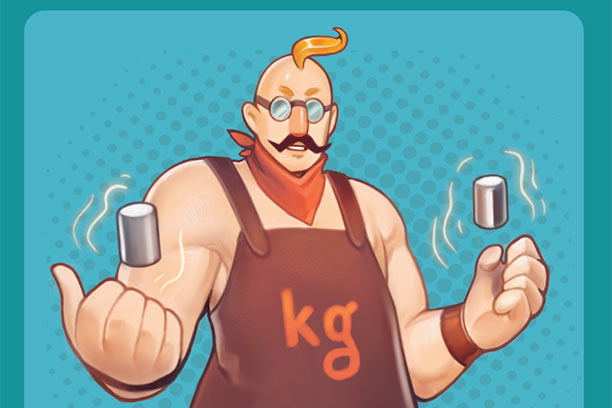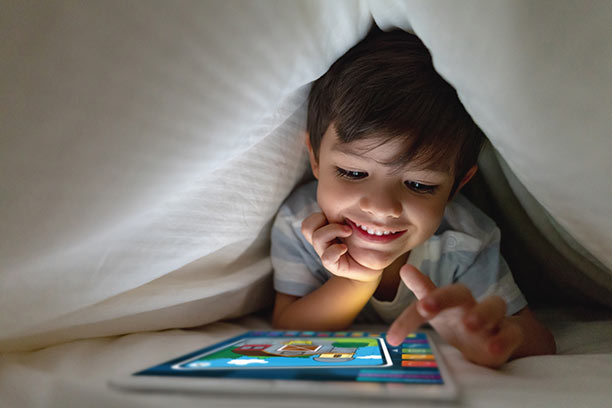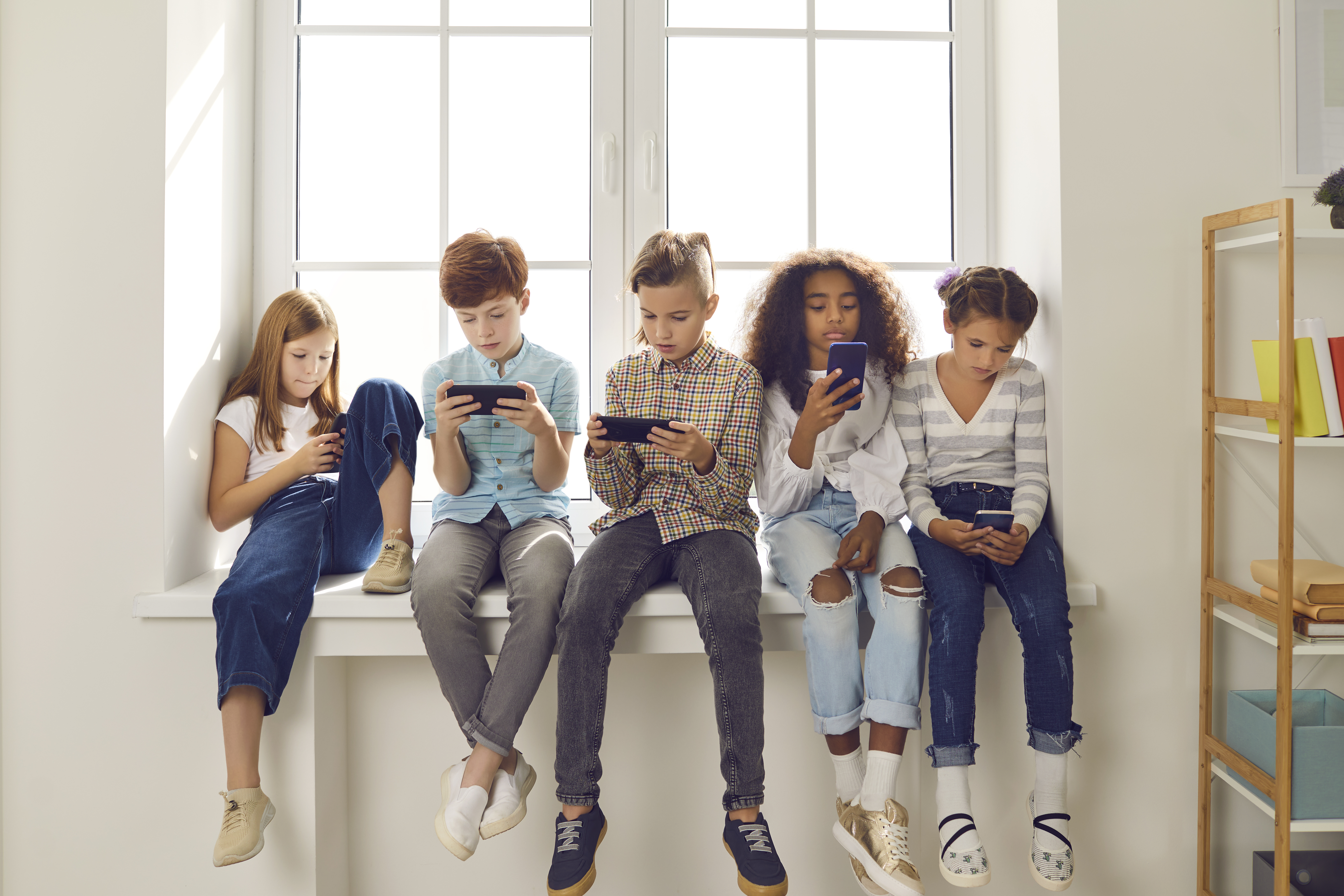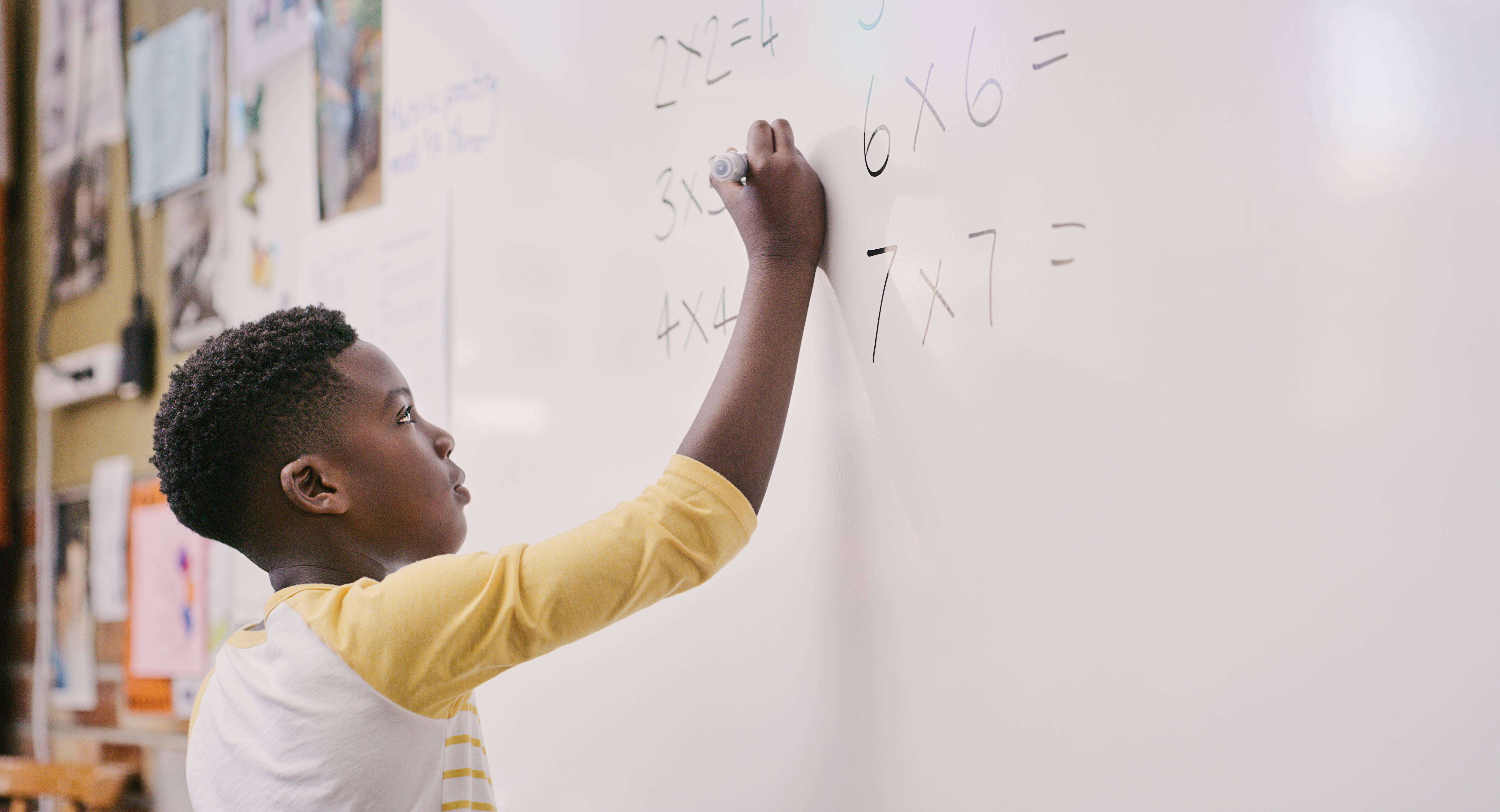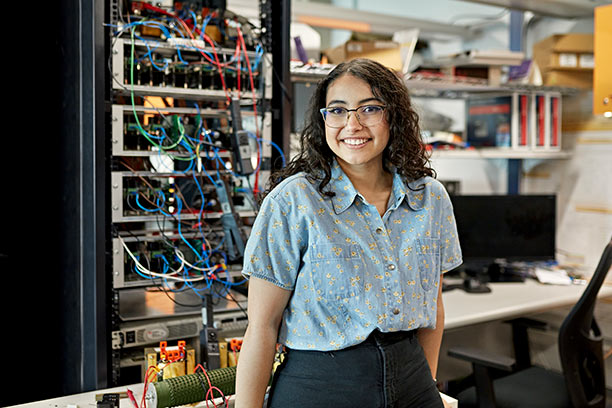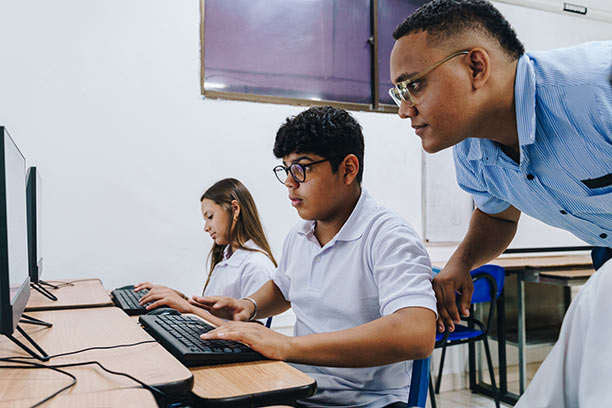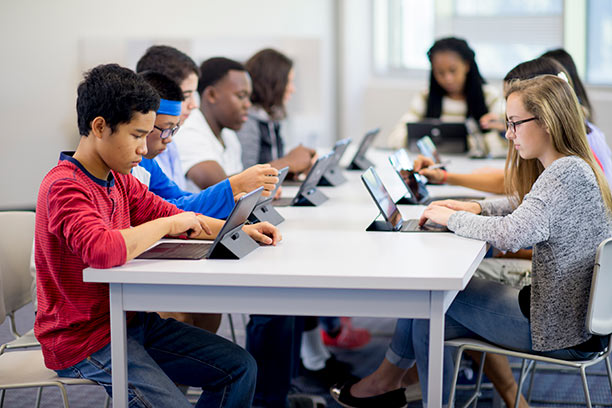Science literacy is the ability to find, evaluate, and use scientific information to make decisions in everyday life. A critical component of science literacy is understanding the scientific method — the process scientists follow to learn new information and make discoveries.
You can use the resources on this page to cultivate science literacy in your community.
Learn more about how to use the resources on literacy topic pages like this one.




